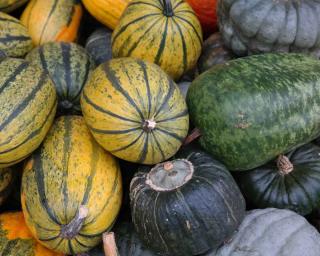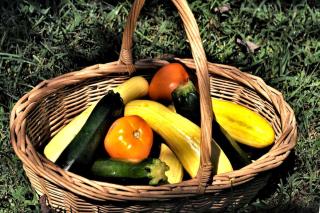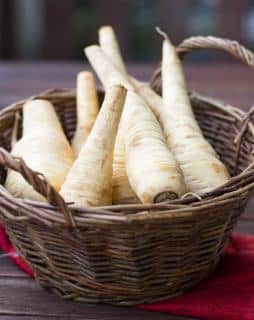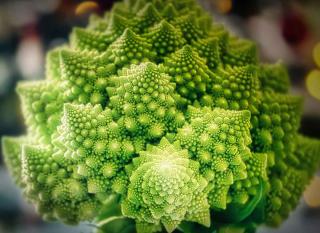

Join in on the fight to secure ancient heirloom vegetables: plant them in your vegetable patch!
A great way to introduce more taste in a world that blandly steamrolls any differences across chain stores, and give your garden a touch of something special.

Sow your seeds in holes filled with compost mid-May, as soon as the soil has warmed up. Watch out for mice who love nibbling squash seeds.

As the fruits start shaping up, snip off the tips of fruit-bearing stems. Harvest them before the frost spells hit, and keep them in a room or spot that stays at around 50°F (10°C). All winter long, you can prepare soups, cheese bake them, mince them in pie, and even sweeten them up in jam!
Rediscover white, pink and yellow turnips and rutabaga which are an ancient hybrid of turnips and kale. These delicately-flavored veggies will weasel their way into all your meals, sometimes raw, sometimes cooked… a welcome new guest in the dinner plate! Sow in spring for early varieties, and between July and August to ensure you have enough to last you deep into winter. Avoid planting them near plants of the same family such as radish and cabbage.

Sow the seeds directly in the ground from March to June in loosened, light and not so chalky soil. Parsnip is a crop that requires a hefty amount of compost. Try to protect them from voles that will try to savor them before you can get your harvest out! Harvest in November and proceed in the exact same manner as you would for carrots. The texture of this root is more mealy, but its taste is far more soft and delicate.
Salsify, which is either white or black, is a strange root to grow: it produces a long, fleshy taproot that is almost cylindrical in shape. Sow these roots in spring directly in the ground and harvest your salsify from October to March. You can simply leave your black salsify in the ground all winter long, just pull them out when you need them. And if you leave them be, and they start bolting and going to seed, sit back and admire the show: the flowers are magnificent.
Common ice plant which has such a surprising taste, crunchy tangy sugarloaf witloof, firm and fleshy puntarelle, are all surprising varieties of chicory, but there’s also mildly spicy buck’s-horn plantain, variegated escarole, colored endive, red-leafed lettuce… Blend colors and shapes and turn your garden into a work of art with these many varieties of leaf greens.

Rediscover the extensive cabbage family and sow on well manured soil from April to July its many cultivars: green or red head cabbage, Brussels sprouts, broccoli, Romanesco cauliflower and giant white kohlrabi which gourmets always find so enticing.
M.-C. H.